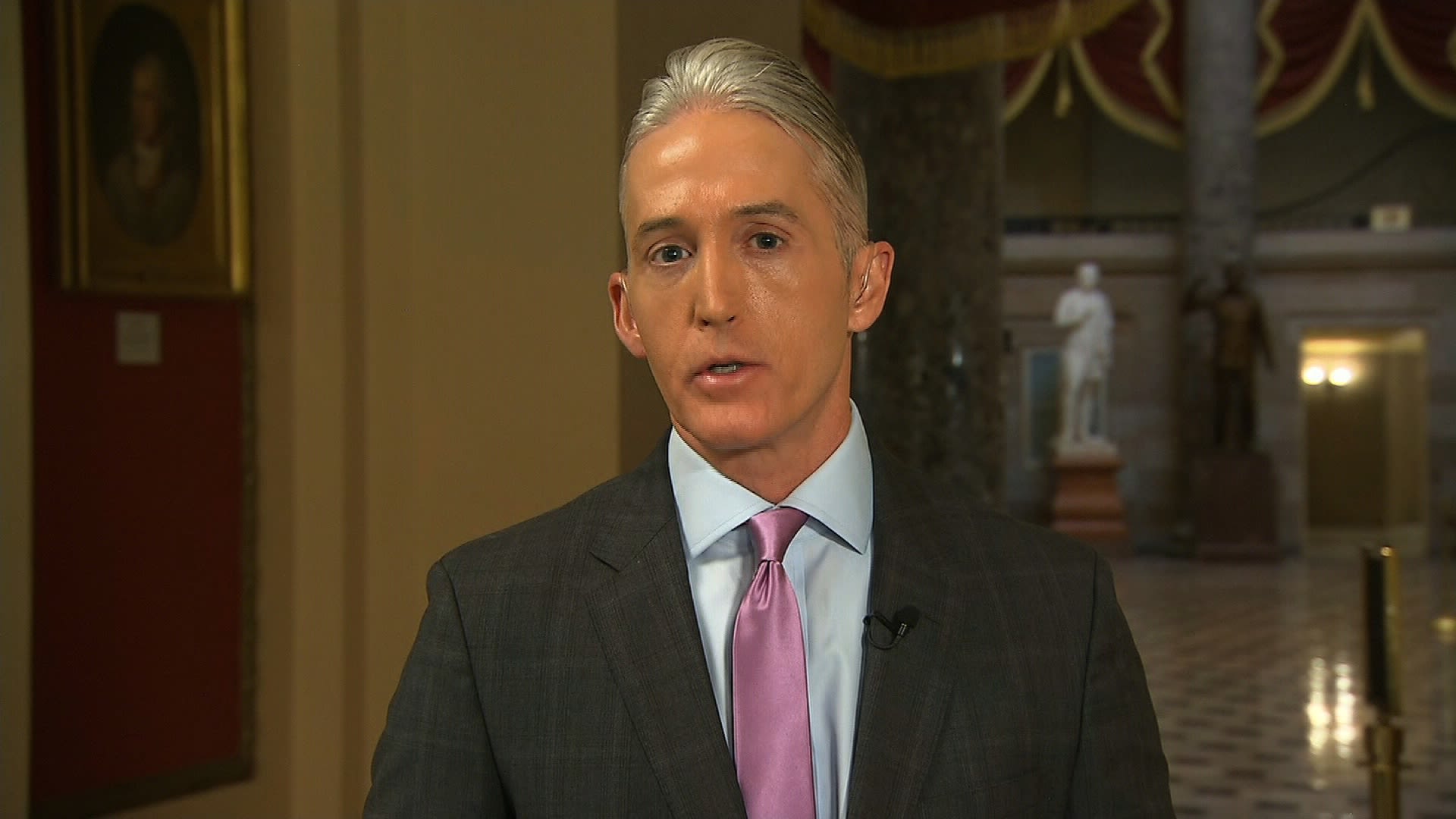introduction: Ever wondered what makes the American and European political landscapes so delightfully different? Prepare for a whirlwind tour across the pond, comparing and contrasting the quirks, the clashes, and the downright curious customs of these two political powerhouses! Buckle up, because it’s going to be a fun ride!
Stateside vs. Eurostyle: A Political Peek!
The United States, land of the free and home of the brave (and fiercely independent!), boasts a presidential system. One person, the president, holds the executive reins, wielding considerable power, often battling a Congress that might just have a different idea of how things should be done. It’s a system built on checks and balances, a constant political tug-of-war that keeps things interesting (and sometimes incredibly frustrating!). Imagine two strong-willed siblings constantly vying for control of the family cookie jar – that’s the US political system in a nutshell!
Then we have the European Union, a fascinating tapestry woven from 27 distinct national identities. Instead of a single president, the EU boasts a complex web of institutions: the European Commission (the executive branch), the European Parliament (the legislative branch), and the Council of the European Union (representing member states). It’s a multi-layered governance structure, a collaborative effort that can sometimes feel like herding cats (27 cats, to be precise!). Decisions are often made through consensus-building, a process that values compromise and collaboration, even if it takes a little longer.
The contrasting approaches to healthcare also highlight the differences. In the US, healthcare is largely a private affair, a complex system with a mix of public and private insurance. The EU, on the other hand, tends toward universal healthcare systems, ensuring access to medical care for all citizens, often funded through taxation. This fundamental difference reflects the differing societal values placed on individual responsibility versus collective wellbeing. It’s a fascinating example of how different political systems lead to dramatically different outcomes.
Yankee Doodle vs. EU Blues: Fun Facts!
Did you know that the US President can veto legislation passed by Congress, a power that can lead to epic political showdowns? Think of it as the ultimate political "no" – a powerful tool that can bring even the most determined lawmakers to their knees (or at least to the negotiating table!). Meanwhile, the EU doesn’t have a similar veto power at the same level, relying more on consensus and compromises amongst its member states.
Another fun fact: US elections often feel like high-octane, high-stakes sporting events. The campaign rallies, the debates, the media frenzy – it’s all part of the exhilarating (and sometimes exhausting) spectacle of American democracy. The EU, with its diverse range of electoral systems, offers a more nuanced and often less dramatic approach. While still important, elections across the EU don’t often grab the same global spotlight as a US Presidential election.
Finally, let’s consider the role of lobbying. In the US, lobbying is a powerful force, with interest groups wielding considerable influence on policymaking. Think of it as a carefully choreographed dance between politicians and lobbyists, a delicate balance of power and persuasion. While lobbying exists in the EU, it’s often subject to stricter regulations and transparency requirements, aiming to keep things fairer and more open to the public. This difference reflects the different approaches to balancing the interests of different stakeholders in the political process.
Summary: From the single-leader power of the US presidency to the collaborative spirit of the EU’s multi-layered governance, the political styles across the Atlantic offer a compelling contrast. Whether it’s the drama of US presidential elections or the intricate negotiations of EU decision-making, both systems have their own unique charms and challenges. Understanding these differences allows us to appreciate the rich tapestry of global politics and the diverse ways in which societies organize themselves to address the challenges of governance. So next time you find yourself pondering the complexities of political life, remember this transatlantic comparison – it’s a journey worth taking!



